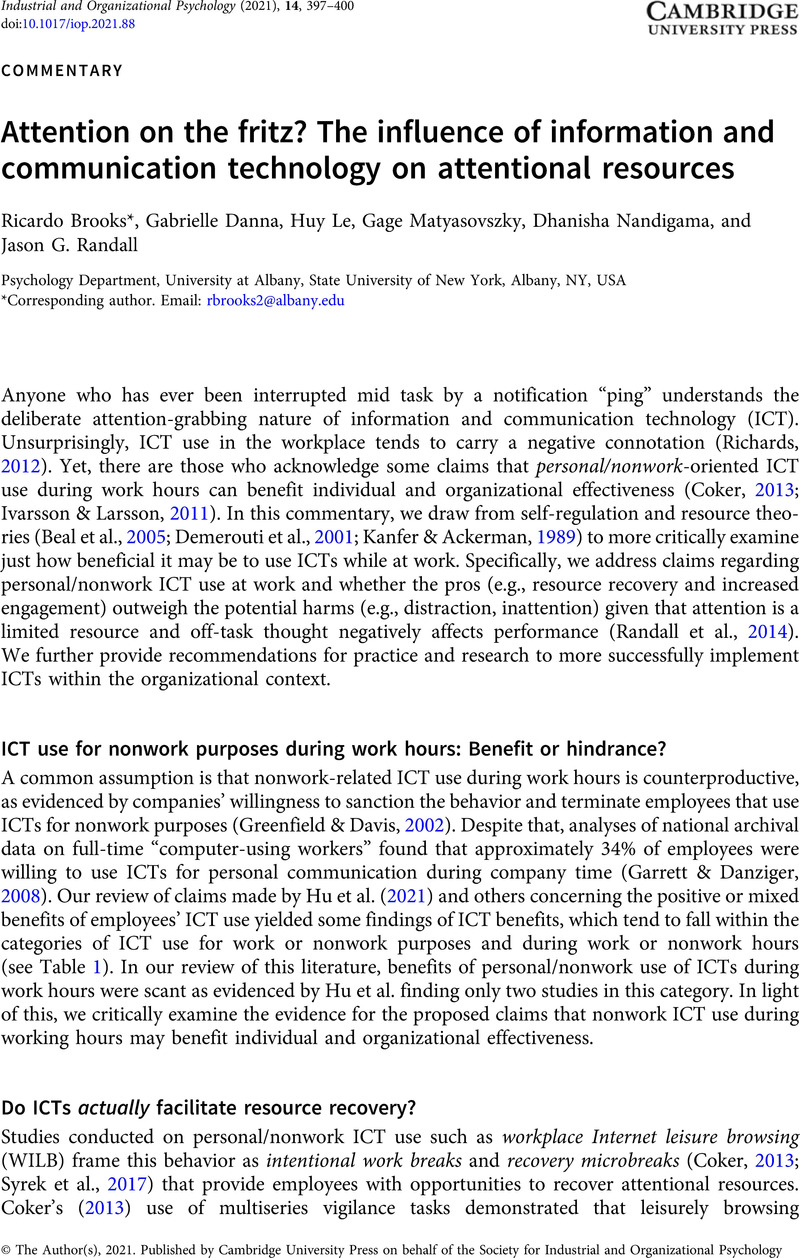Crossref Citations
This article has been cited by the following publications. This list is generated based on data provided by Crossref.
Oravec, Jo Ann
2023.
The Shape of Workbreaks to Come.
Journal of Organizational and End User Computing,
Vol. 35,
Issue. 3,
p.
1.
Wang, Qian
2024.
Innovative ExpTODIM algorithm for interval-valued Pythagorean fuzzy information and new-media information communication influence evaluation.
International Journal of Knowledge-Based and Intelligent Engineering Systems,
Vol. 28,
Issue. 4,
p.
660.



